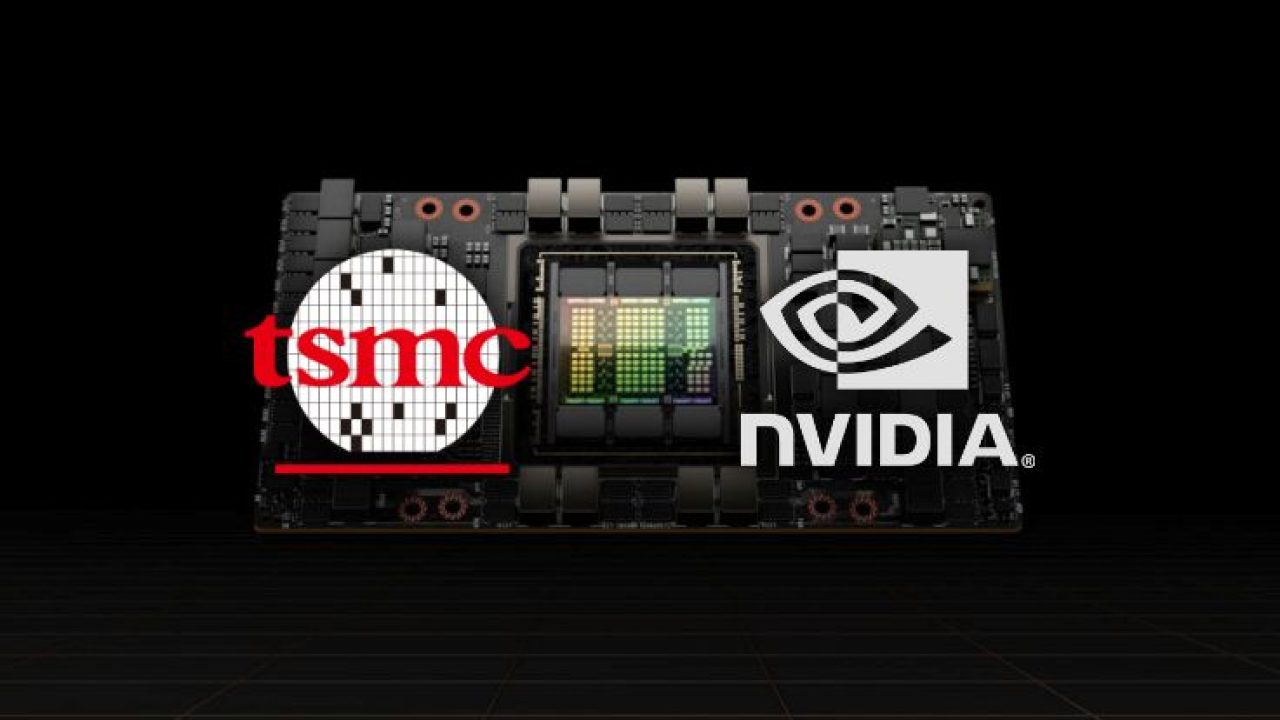In October 2024, the financial landscape underwent a dramatic transformation, primarily driven by the surging market values of Nvidia and Taiwan Semiconductor Manufacturing Company (TSMC). As artificial intelligence (AI) becomes increasingly integrated into the operational frameworks of various industries, the demand for advanced AI chips has soared, propelling Nvidia and TSMC to unprecedented heights in market capitalization. This article delves into the intricate factors fueling this trend, the competitive dynamics within the semiconductor industry, and the broader implications for investors and technology companies alike.
Here's ads banner inside a post

Nvidia: The AI Powerhouse
Nvidia, a leading innovator in graphics processing units (GPUs) and AI computing, reported a staggering 9.3% increase in its market capitalization during October, bringing its total to an astounding $3.26 trillion. This remarkable growth can be attributed to the company’s relentless focus on developing cutting-edge AI technologies that are reshaping the digital landscape.
Here's ads banner inside a post
The company’s latest supercomputing AI chips have garnered attention from a plethora of sectors, including healthcare, finance, and automotive. These chips are essential for complex tasks like data analysis, predictive modeling, and automation. As businesses recognize the potential of AI to drive efficiency and improve decision-making, the demand for Nvidia’s technology has skyrocketed. This shift in business strategy is not merely a trend; it marks a significant evolution in how companies approach operational challenges.

TSMC: The Backbone of Semiconductor Manufacturing
Following closely behind Nvidia, TSMC saw its market value increase by 6.5% to $832.8 billion in October. As the world’s largest contract chipmaker, TSMC plays a crucial role in the semiconductor supply chain, providing essential manufacturing services to tech giants, including Nvidia. The company’s ability to deliver high-quality chips is fundamental to the success of its clients, making it a linchpin in the ongoing AI revolution.
Here's ads banner inside a post

TSMC’s positive trajectory was further solidified by its impressive third-quarter earnings report, which surpassed analysts’ expectations. The company forecasted robust demand for AI chips, indicating that it expects continued growth in this sector. As the world leans more heavily on AI technologies, TSMC is uniquely positioned to capitalize on the burgeoning market, ensuring that its manufacturing capabilities meet the increasing needs of its clients.

Apple: A Shifting Landscape
Amidst this surge in market values for Nvidia and TSMC, Apple, once the undisputed leader in global market capitalization, faced challenges. The tech giant experienced a 3% decline in its market value, falling to $3.4 trillion. This decline can be attributed to a combination of factors, including sluggish sales in China and a modest growth forecast. The shift in investor sentiment towards companies that prioritize AI innovation highlights the competitive dynamics of the tech industry.
Investors are beginning to recognize that the landscape is changing. While Apple remains a formidable player, its traditional market strengths are being challenged by companies like Nvidia, which are leading the charge in AI and cloud computing. This shift serves as a reminder of the rapid pace of technological advancement and the need for established companies to adapt or risk losing their market positions.
The Cost of AI: Challenges for Major Tech Firms
As Nvidia and TSMC thrive, other major tech firms face hurdles. Companies like Meta Platforms and Microsoft reported declines in their market values due to rising costs associated with AI development. Both companies issued warnings about escalating expenditures, prompting concerns among investors regarding their long-term profitability in an increasingly competitive environment.
This scenario raises critical questions about the sustainability of AI investments. While the potential for growth is substantial, companies must navigate the complexities of development costs, technological integration, and market competition. As firms rush to incorporate AI into their operations, they must also balance the financial implications of such initiatives.
Investor Insights: Navigating the AI Boom
Mark Haefele, Chief Investment Officer at UBS Global Wealth Management, remains optimistic about the future of AI and encourages investors to view near-term volatility as an opportunity to enhance their portfolios with quality AI stocks. He highlights the expected growth trajectory for the AI sector, forecasting a 35% earnings increase in 2024 and 25% in 2025 for select semiconductor companies and tech giants.

Investors are increasingly aware that the tech sector’s landscape is shifting. Companies that can effectively capitalize on AI technologies are likely to thrive, while those that fail to adapt may struggle. This presents a compelling case for investment in firms that lead in AI innovation, as they stand to benefit significantly from the growing market demand.

Broader Economic Context: Challenges and Opportunities
While Nvidia and TSMC bask in the glow of increased market values, other companies face significant challenges. In Asia, Tencent Holdings experienced a 9% decline in market value, dropping to $483 billion. This decline reflects broader issues within the Chinese market, including sluggish economic data and geopolitical tensions that have made investors cautious.
The broader implications of these market fluctuations highlight the interconnectedness of global markets. Economic conditions in one region can impact the performance of companies worldwide, creating ripple effects that investors must navigate. In this context, firms must remain vigilant, adapting their strategies to the ever-changing landscape of global trade and economic policy.
Looking Ahead: The Future of AI and Semiconductor Stocks
The surge in market values for Nvidia and TSMC in October is indicative of the growing significance of AI in the global economy. As more companies integrate AI technologies into their operations, the demand for advanced semiconductor solutions will continue to rise. Nvidia and TSMC’s positions as leaders in this field place them at the forefront of a technological revolution that promises to reshape industries and drive economic growth.

As investors navigate the complexities of the tech market, the emphasis on AI-driven growth will likely play a pivotal role in determining which companies emerge as winners in the years to come. The landscape is dynamic, and those who can effectively adapt to the rapid advancements in AI technology will be well-positioned to thrive in an increasingly competitive market.
Embracing Change in the Tech Landscape
In summary, the significant market value increases of Nvidia and TSMC underscore the critical role that AI technologies play in shaping the future of the tech industry. As businesses continue to invest in AI-driven solutions, the semiconductor market is poised for sustained growth. For investors, this is a time of opportunity, with the potential for substantial returns on investment in companies that are at the forefront of innovation.

The evolving landscape of technology and AI presents both challenges and opportunities. By staying informed and adaptable, companies and investors alike can navigate this exciting yet complex terrain, capitalizing on the trends that will define the next era of technological advancement. As the world embraces AI, Nvidia and TSMC are set to lead the way, driving innovation and redefining the possibilities of the future.




